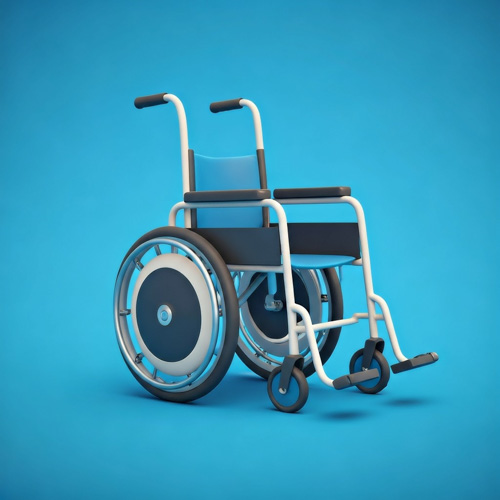For many, mobility means independence. It ensures access to jobs, education, and healthcare. Yet, people who rely on power wheelchairs and other mobility equipment have faced frustratingly long repair times. These delays, often weeks or months, stemmed from manufacturer restrictions on parts, tools, and documentation. Washington state recently addressed this challenge. On May 19, Governor Bob Ferguson signed Senate Bill 5680, establishing a crucial “right to repair” for mobility equipment.
This landmark legislation mandates that manufacturers of mobility devices provide access to necessary documentation, parts, embedded software, firmware, and tools for repairs. This change aims to significantly reduce repair delays. Current averages are four to seven weeks. The new law should greatly improve the quality of life for those depending on these devices daily.
The bill’s passage shows a growing bipartisan consensus on the importance of the “right to repair” movement. This applies not just to consumer electronics but especially to life-sustaining equipment. When a power wheelchair breaks down, it isn’t just an inconvenience. It directly stops a person from living their life fully. The legislation also protects manufacturers from liability for damages caused by independent repair providers, unless the damage is due to design or manufacturing defects. Independent repair providers, in turn, must inform consumers they are not authorized by the original equipment manufacturer. They also must disclose the source of any replacement parts.
For many Generation X individuals, this legislation is particularly relevant. As people age, the need for mobility assistance can increase. The ability to maintain and repair equipment without excessive delays or costs becomes critical. This law offers significant peace of mind. It also preserves crucial independence, whether for an aging parent, a spouse, or oneself. This bill shows a forward-thinking approach to an aging population’s evolving needs. It recognizes that access to functional equipment is fundamental to continued participation in society.
This bill, along with a companion “right to repair” bill for consumer electronics and appliances, solidifies Washington’s leadership in consumer protection. It highlights the power of advocacy from groups like Disability Rights Washington and the Here and Now Project, who championed this cause.










